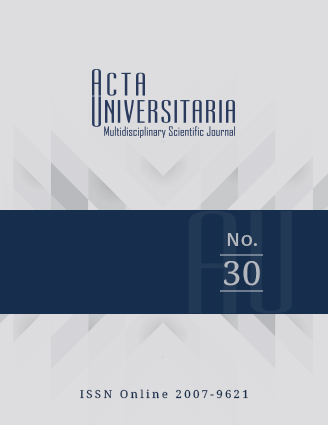Physiological factors, sexual function and dysfunction in women with type 2 diabetes
Published 2020-06-10
How to Cite
Abstract
The objective of this study was to determine the relationship between the HbA1c values, the time suffering from diabetes, the age, the body mass index (BMI), the triglyceride levels, the cholesterol and the blood pressure (BP) with sexual function and dysfunction in women with type 2 diabetes mellitus (T2D). This was a descriptive, correlational and cross-sectional study. Sampling was non-probabilistic, 113 sexually active women with diabetes. A personal information form and the female sexual function index (FSFI) were applied (Rosen et al., 2000); the A1cNOW+ and Cardiochek devices, a scale with stadiometer and a mercury baumanometer were used. A high percentage of women with obesity and lack of glycemic control were found, along with a negative relationship of age and female sexual dysfunction (rs = -0.237; p = 0.01). In the group of women presenting sexual dysfunction, a relationship between age and desire (R2 = 6.3%; F[89] = 4.31; p = 0.01), arousal (R2 = 7.6%; F[89] = 7.12; p = 0.00), and lubrication (R2 = 12.5%; F[89] = 12.38; p = 0.01) was found. The results contribute to strengthening the scientific knowledge about female sexuality in a state of chronic disease

